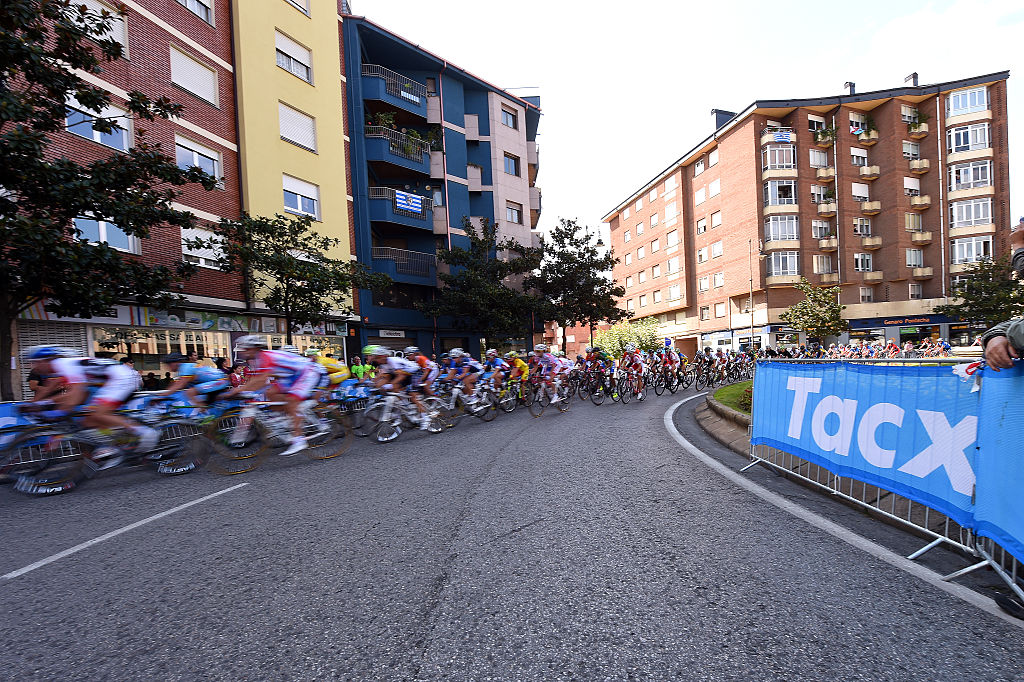
The UCI is set to introduce a small but significant change in 2025 to their regulations applying to the 'three kilometre' (or 'sprint zone') rule in stage races.
As of January 1, lone riders who crash within that distance and are delayed will no longer automatically be awarded the same time at the finish as their fellow competitors.
As things stand, in stage races all riders affected by punctures, mechanicals or a fall at three kilometres or less from the finish - the UCI text specifies 'any event independent of the control of their own bike or their physical abilities' - are given the same time on the results sheet as the group they were riding in.
What changes, as of January 1 2025, is that if there is a crash that only affects one rider, and no others in his or her group at the time of the incident, then the individual racer will not be able to benefit from this rule and whatever time is lost as a result of it does not change.
Crucially, if the incident that has caused the delay is a puncture or a mechanical, the old rules still apply. Only lone crashes are affected by the rule change.
Riders' positions, too, on the race results sheet will remain the order in which they cross the finish line and stay unaffected by such later alterations - or lack of them - to time gaps.
It has been widely reported that the UCI's aim is presumably to avoid incidents of the kind that happened with Primoz Roglič on stage 11 of the 2024 Tour de France. The Red Bull-Bora-Hansgrohe leader crashed late on and alone when he and Remco Evenepoel (Soudal-QuickStep) were chasing Tadej Pogačar (UAE Team Emirates) and Jonas Vingegaard (Visma-Lease a Bike) and was delayed, but was subsequently awarded the same time as the Belgian.
To strengthen this new regulation, the UCI has also announced that race organisers need to install equipment at the three kilometres to go banner to ensure riders' numbers are registered at that point in the race.
The rule remains only applicable on flat stages, never at summit finishes.
It does not yet appear to have been established if the extension of the three kilometre rule to four or five kilometres from the finish, which the UCI tested out in certain events like the Tour de France and the Vuelta a España this year, will yet become permanent.
The question of what happens if a rider crashes alone as a result of an incident like a puncture or mechanical or external event within the thee kilometre limit arguably also remains slightly unclear in the new regulations.
Subject to confirmation in a race itself, it would appear that if a sole rider has been affected by such an incident like a puncture and therefore crashes, when it comes to being awarded the same time, those incidents causing the fall would count in his or her favour.
The combination of a puncture or fall together with an event beyond a sole rider's control is not as uncommon as it sounds. In a Pyrenean stage of the 2016 Tour de France, when Adam Yates was ahead of the main peloton, he fell over the kilometre-to-go banner when it deflated as a result of a cycling fan catching his belt in the cable that connected the generator to the inflatable, causing it to lose air.
Yates was dazed by the incident and ended up sitting on the tarmac, but subsequently, all riders affected by the collapsing race arch were awarded their times at the three kilometres to go sign. As a result, Yates was able to move to the top of the Best Young Rider classification.







